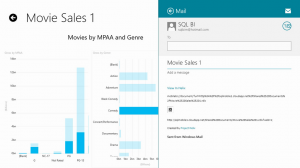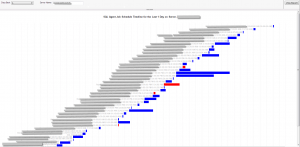November 3, 2012
The SSIS Catalog in SQL Server 2012 comes with the benefit of logging natively integrated within the service’s architecture, which is awesome considering before SSIS 2012 BI developers and admins had to go for 3rd party tools in order to bring that level of logging into their SSIS packages.
That being said, with a lot of log data comes the responsibility of maintaining and clearing out old log entries and execution messages, which are stored on the SSIS Catalog Database and drive the SSRS reports that are used to diagnose the execution of packages, as well as provide performance statistics. The currently provided SSIS Server Maintenance Job in SQL Server Job Agent that performs these routine maintenance operation can be very slow and extremely blocking, especially on an SSIS server that sees alot of operations and activities, and cannot afford the downtime caused by the heavy locking experienced by this operation.
In this post I provide an introduction to the [internal].[cleanup_server_retention_window] stored procedure executed by the SSIS Server Operation Records Maintenance step in the SSIS Server Maintenance Job, as well as provide an extremely fast truncation query to completely clear out the SSIS log tables. In a follow-up post I will be providing a rewrite of the [internal].[cleanup_server_retention_window] stored procedure that performs much better on SSIS services with a large number of logged operations per day.
Read more →







